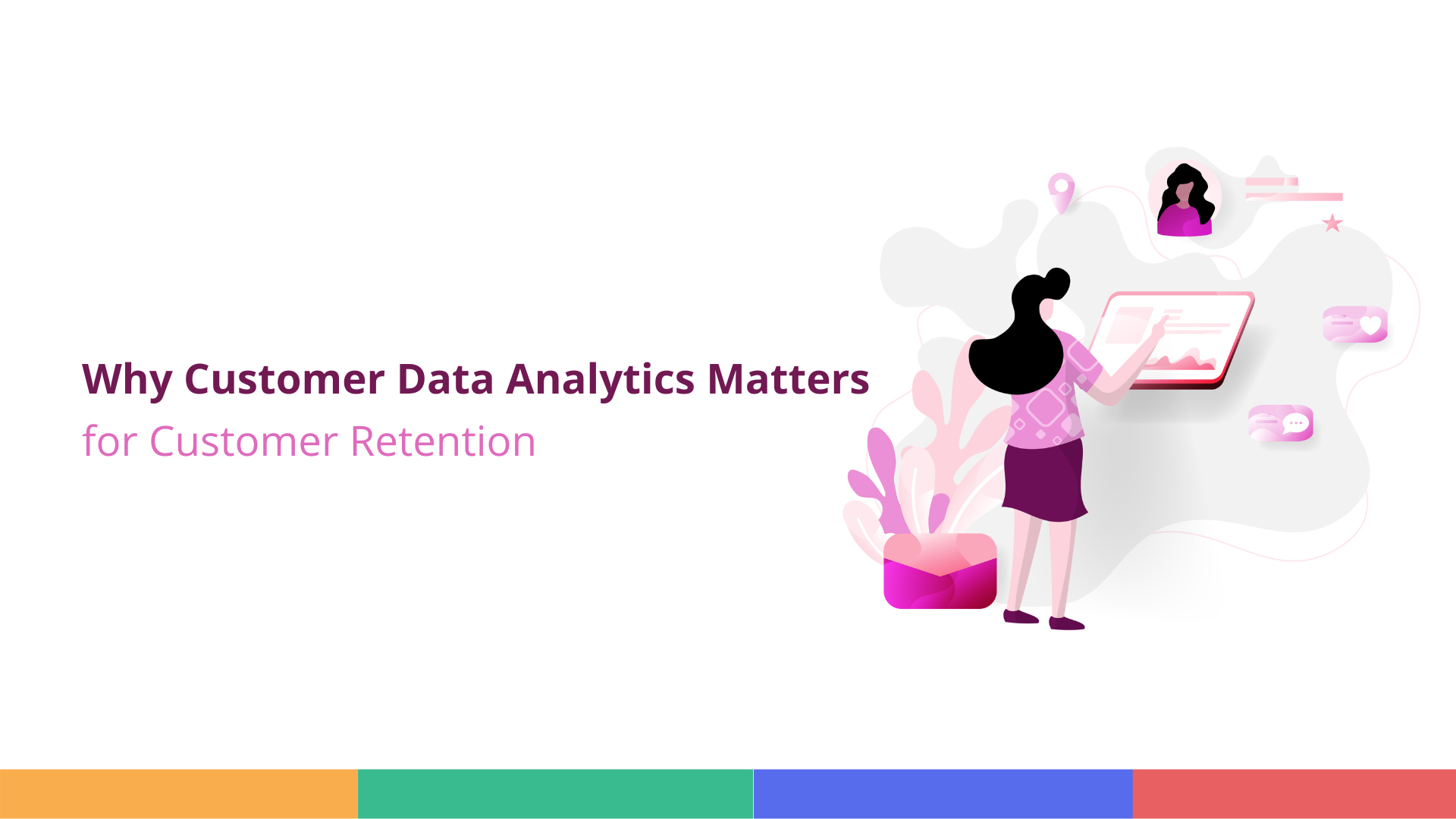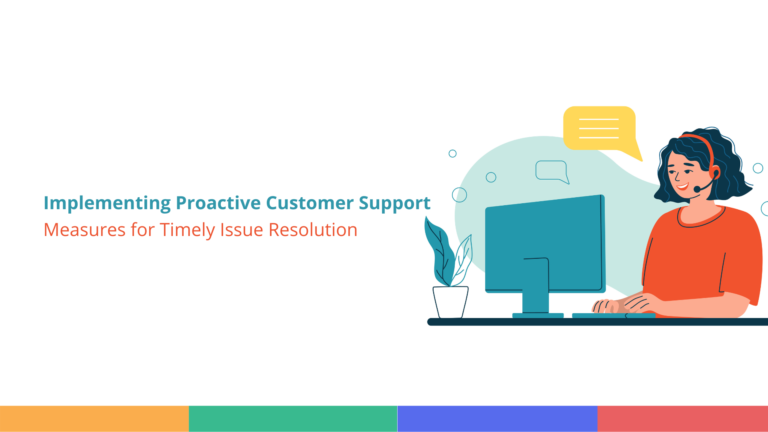When you’re running an online store, getting customers is only half the battle. Keeping them coming back is where the real challenge – and opportunity – lies. This is where customer data analytics becomes important.
In this blog, we will gain insights into why customer data analytics matter in imp roving customer retention in ecommerce.
Let’s get started. We have already discussed how customer data insights can be used to drive sales. Therefore, you’re already aware of the importance of customer insights. If you have not had a chance to read it, here is the blog: Unleashing Customer Insights: Driving Sales & Satisfaction (salesoperator.net)
Let’s Start Leveraging Customer Data Analytics for Better Retention!
Now, customer data can be a lot more helpful in other areas as well such as improving customer retention and loyalty. Data can point towards arising issues you should address.
Think about it. Every time a with your store, they’re telling you something. Maybe they always buy on Fridays, or they tend to purchase skincare products in the winter. These patterns are gold, but they’re often hidden in the data.
One of the first things you’ll want to look at is purchase frequency. How often are your customers coming back? If you notice someone who used to buy monthly is now only purchasing once a quarter, that’s a red flag. It might be time to reach out with a personalized offer or check if they’re having any issues with your products.
Customer lifecycle analysis is also invaluable. This involves mapping out the typical journey a customer takes with your brand, from first purchase to loyal advocate. Analytics can help you identify key moments in this journey where customers are most likely to churn, allowing you to intervene at these critical points.
Now, let’s talk about the churn rate. This is the percentage of customers who stop buying from you over a given period. A high churn rate is like a leaky bucket – you’re losing customers as fast as you’re gaining them. By analyzing the behavior of customers before they churn, you might spot warning signs and take action to keep them engaged.
But data isn’t just about spotting problems – it’s also about identifying opportunities. For instance, you might notice that customers who buy a certain combination of products tend to be more loyal. This insight could lead to creating bundles or targeted recommendations that encourage more customers to follow this high-value path.
Let’s dive into how customer analytics can transform your retention efforts. It’s all interconnected. Think about your customer touchpoints – emails, social media, purchases, customer service interactions. Each of these is a goldmine of information that can help you keep your customers coming back.
Take email engagement, for instance. You’re sending out newsletters, promotions, and product updates, but are your customers actually opening them? If not, don’t panic – this is valuable feedback. It might be time to shake up your email strategy. Perhaps your subject lines aren’t grabbing attention, or maybe you’re sending too frequently. Or it could be that you’re treating all your customers the same when they’re actually quite different.
This is where segmentation comes in handy. By analyzing purchase history and browsing behavior, you can group your customers and tailor your emails accordingly. A customer who always buys kids’ clothes might appreciate back-to-school sales, while your fashion-forward shoppers might be more interested in the latest trends.
But your relationship with customers doesn’t stop at emails. Social media is another crucial touchpoint. Are your followers liking, or commenting? If they’re engaging with your brand outside of purchases, that’s a great sign – they’re more likely to remain loyal. If engagement is low, it might be time to rethink your social strategy.
And let’s not forget about direct customer feedback. Reviews and support tickets are a treasure trove of insights. Positive reviews can highlight your strengths – make sure you’re emphasizing these in your marketing. Negative feedback, while sometimes hard to hear, is equally valuable. It points out areas where you need to improve, and addressing these issues can significantly boost customer satisfaction and retention.
The beauty of all this data is how it works together. For example, you might notice that customers who engage with your brand on social media are more likely to open your emails and leave positive reviews. Or you might find that customers who’ve had a support issue successfully resolved become your most loyal advocates.
By piecing together these insights, you can create a more holistic view of your customer journey. You can identify the moments that matter most in building loyalty and focus your efforts there.
Remember, the goal isn’t just to collect this data – it’s to use it to create better experiences for your customers. When you use these insights to make your communications more relevant, your social media more engaging, and your customer service more responsive, you’re not just improving individual metrics.
But you might be wondering, what data do you actually need for all this, and how do you get it? You’ll want to look at purchase history, engagement metrics like email opens and website visits, customer service data, and social media interactions.
Therefore, much of this data is already at your fingertips – your ecommerce platform, Google Analytics, email marketing tools, and social media accounts all collect valuable information. The key is bringing it all together to get a complete picture.
In the end, customer data analytics isn’t just about retaining customers – it’s about building relationships. And in ecommerce, strong customer relationships are the foundation of long-term success.




